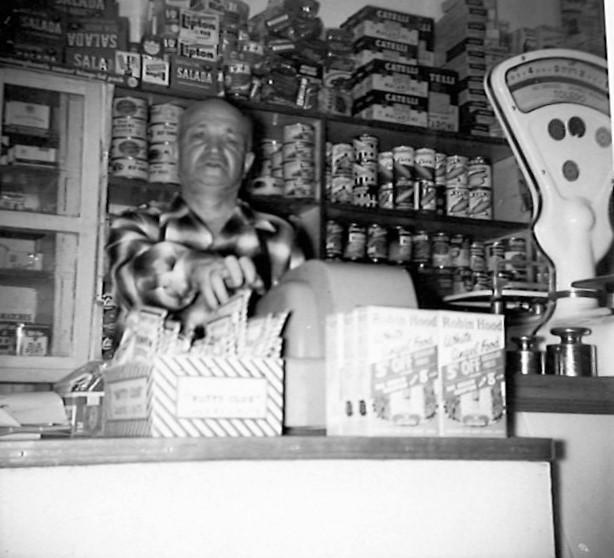Back in the day, before computers and inventory databases, it was tough for store owners to keep track of what they paid for things and what things should sell for.

Small stores developed a system for keeping track of cost of goods through codes.
Customers may have never noticed but on each item there would be a two or three letter code that told the store owner exactly what the item had cost, as well as the price the item was offered for. That way if they wanted to offer a discount, they would know how far they could do and still make a profit.
Here’s how it worked.
The grocery would come up with a ten unique letter word or phrase. If it was a phrase, the duplicate letters would be removed. Then a number would be assigned to each letter. It was a simple secret code and it worked easily.
For example, the word “authorized” would break down accordingly
| A | U | T | H | O | R | I | Z | E | D |
| 1 | 2 | 3 | 4 | 5 | 6 | 7 | 8 | 9 | 0 |
By putting “RD” on a can, the grocer would know that it cost 60¢. The only thing the grocers and their staff would have to remember was the key word: “authorized.”
With a change in staff, the code could change to say “artichokes” or some other ten letter sequence, perhaps even two words, like “familyhelp” that was easy to remember and then any new merchandise would have a different code. Simple. Ingenious.
All these actions reminded the retailer that they had flexibility on pricing but still had to stay above the code price in order to make a profit. Sounds simple and it is. But the idea that every sale must make a profit is often lost. The critical point is that if a business is not making a profit it ceases to be a viable enterprise.
While we look back and mock how people did business before computerization, we can learn from the basics that often get lost in our ability to do something, just because we can. Solutions looking for problems haunt many businesses today.
Practical solutions to real problems of communications and profitability are around and still important for business today.